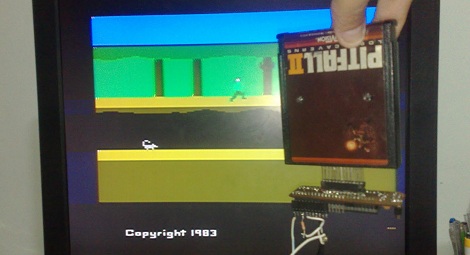[notch], the mastermind behind Minecraft, is working on a new game. It’s called 0x10c (pronounced ‘trillek’, we think) and promises to teach an entire new generation the joys of assembly programming on a 1980s-era computer.
The setup for the game is nerdy/awesome enough to make [Douglas Adams] blush; a ‘deep sleep core’ was invented in 1988 that attached to the 16-bit computers of the day. This core was big endian, where the DCPU-16 (the computer in the game) was little endian. What was supposed to be a one-year hibernation turned into a 281 Trillion year coma, the Universe is dying, and everyone from 1988 is just waking up.
The game features a fully functional 16-bit CPU that controls every aspect of your spaceship. The specs for the DCPU-16 have been released and there are several emulators available.
Already, a few communities have been set up around the web to discuss how to program the DCPU-16: the official forum of 0x10c, the 0x10c subreddit, and another dedicated to programming the in-game computer. Already there’s a C-like language that compiles executables for the DCPU and a Game of Life implementation.
We know this isn’t a usual Hackaday post. Despite this, we’re fairly certain a good percentage of our readership will be programming a DCPU-16 in the next year. It just might be time to crack the books and learn how to build a compiler and OS. The dragon book (Compilers Principles, Techniques, and Tools, Aho, Sethi, Ullman, 1985) is very good, and [Andy Tanenbaum]’s Operating Systems Design and Implementation is how [Linus Torvalds] got his start.
One more thing: we’re going to be running a contest for the best physical implementation of the DCPU-16 in a few months. We’ll wait until the in-game hardware is nailed down, along with any peripherals [notch] plans to add. Right now the prizes are some HaD schwag, but that may change. Further info with updates pending, but you’re free to start working now.











Recent Comments